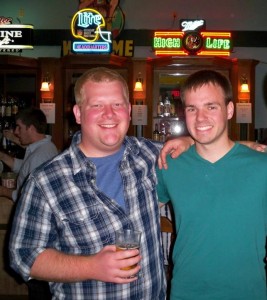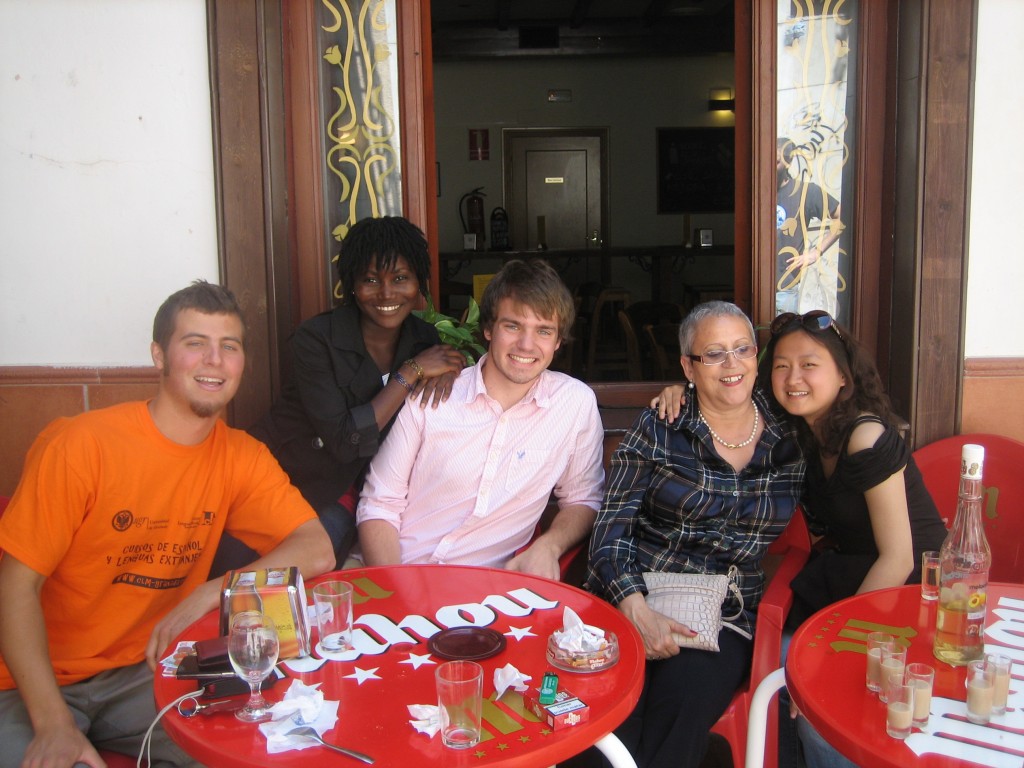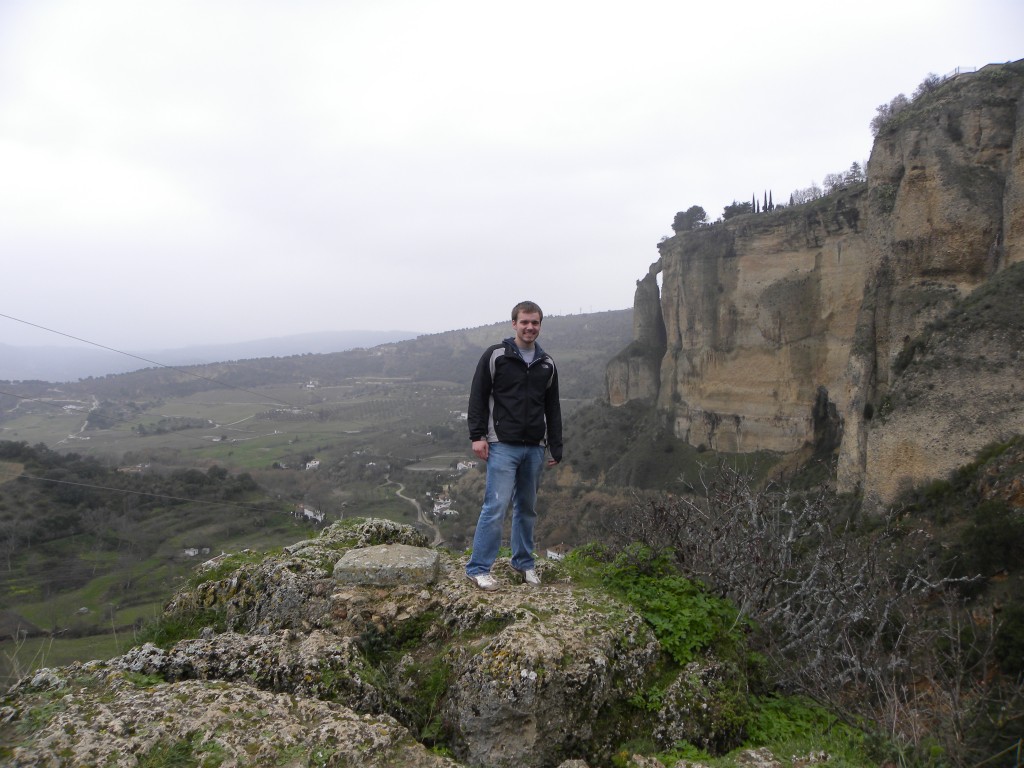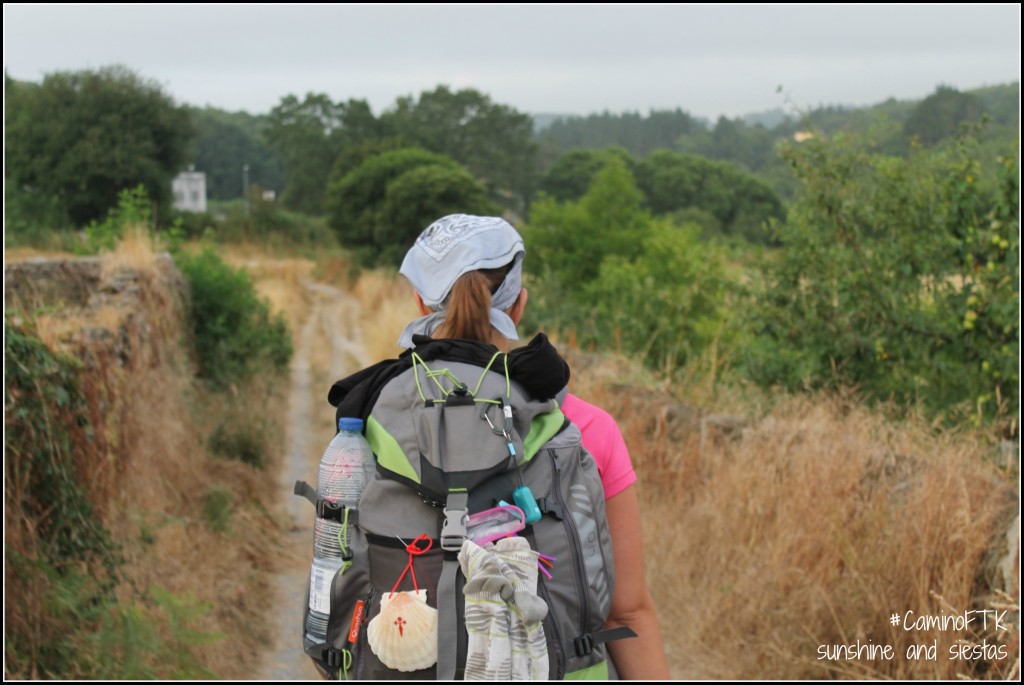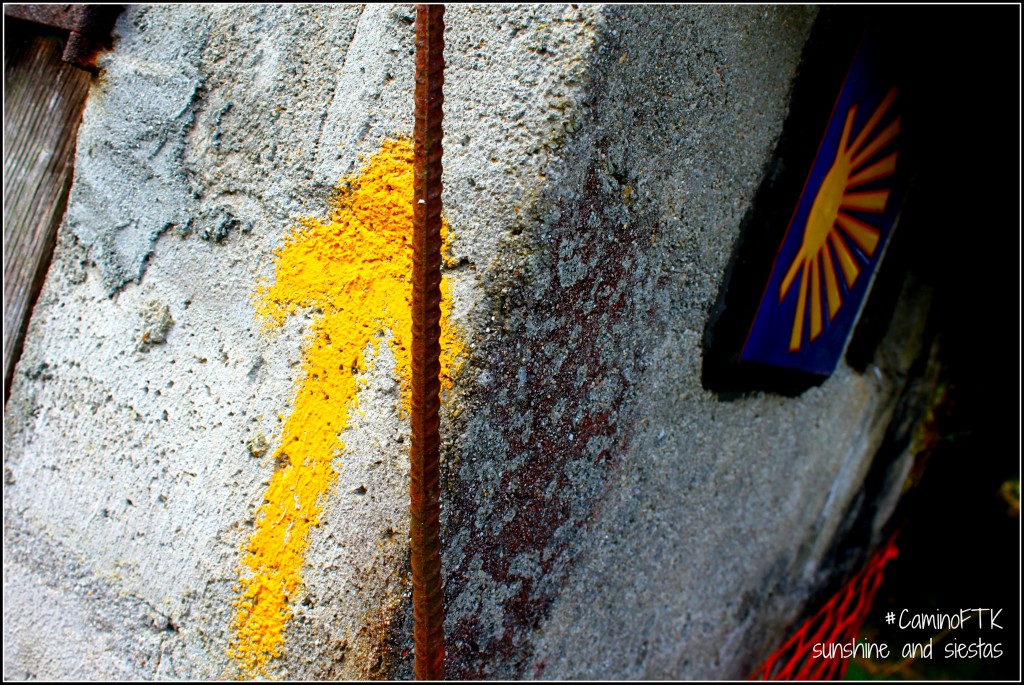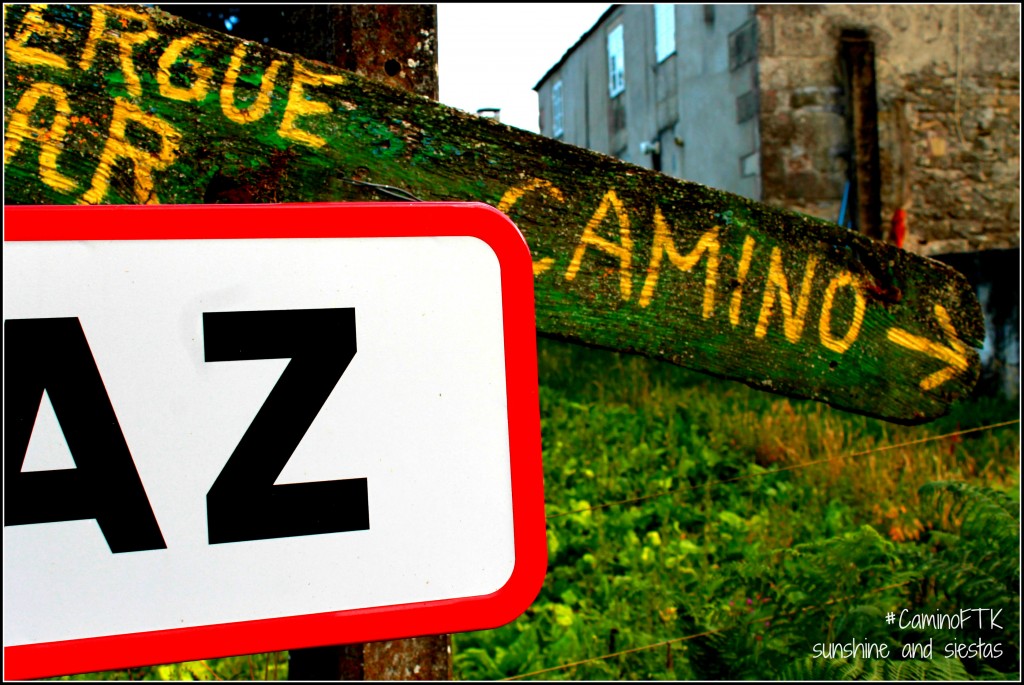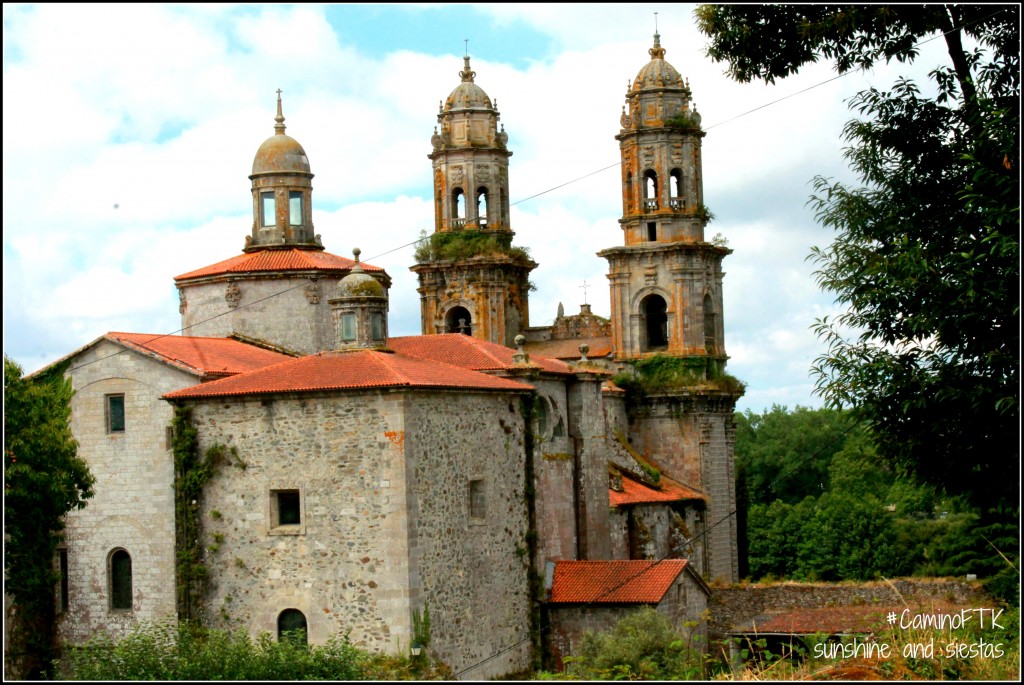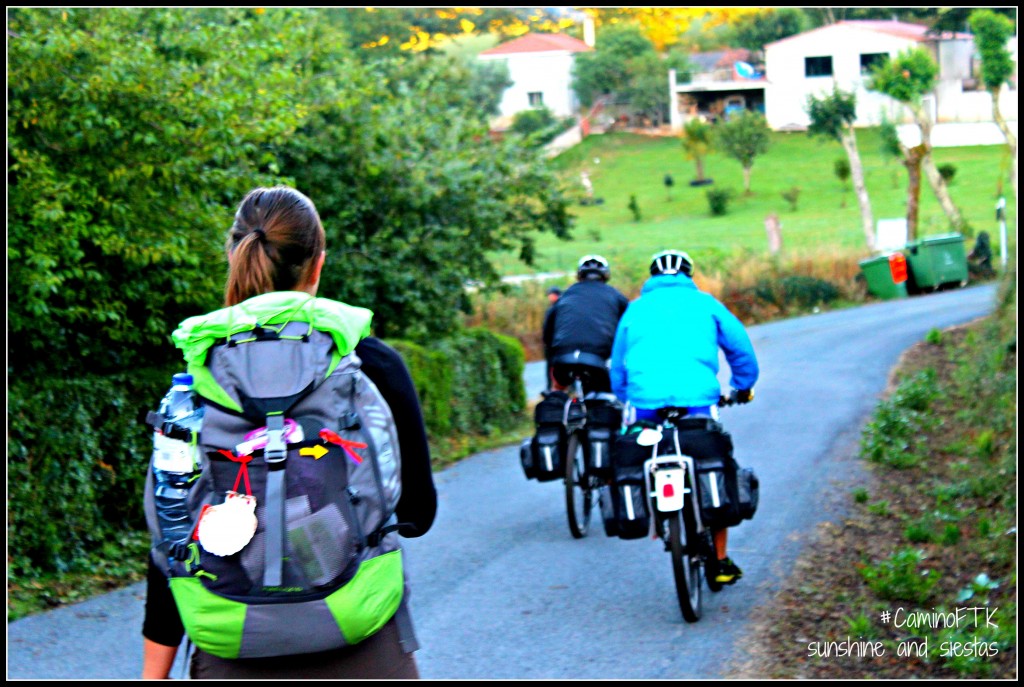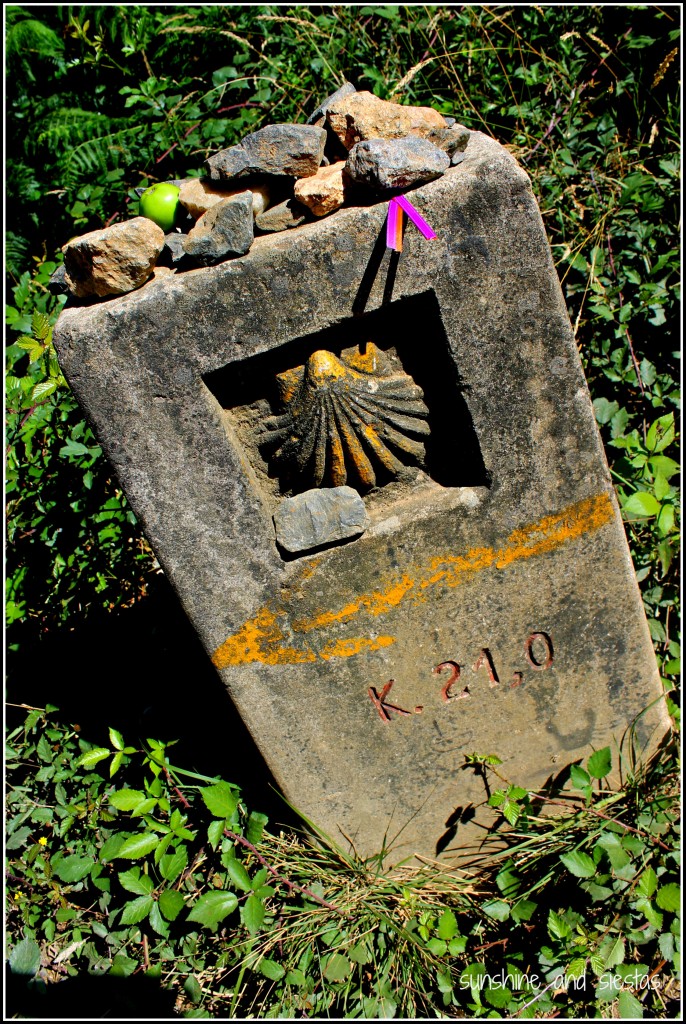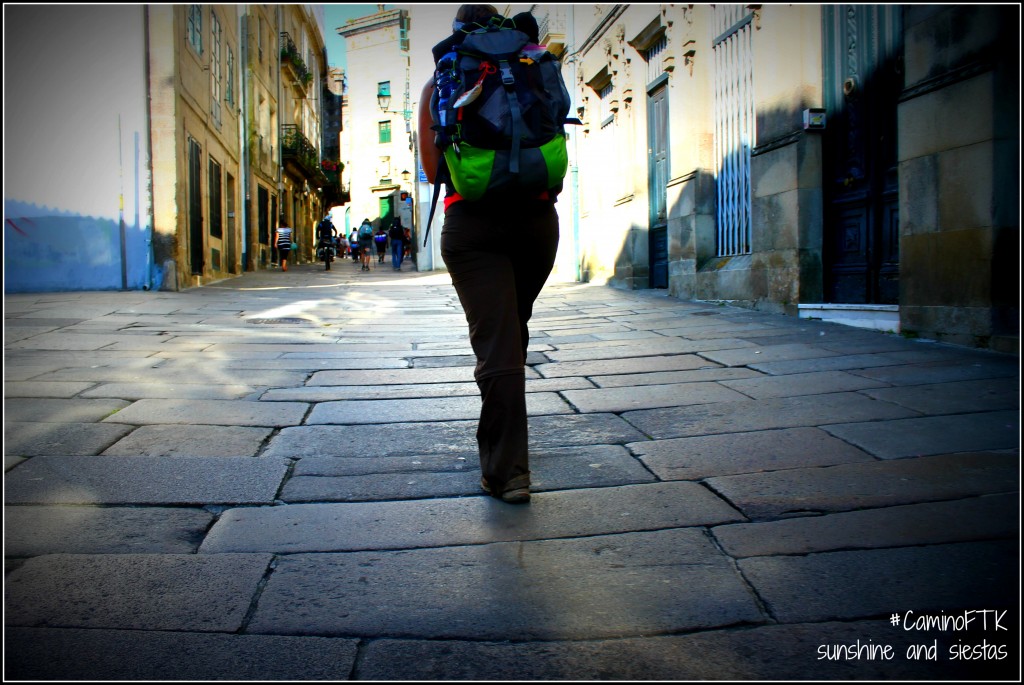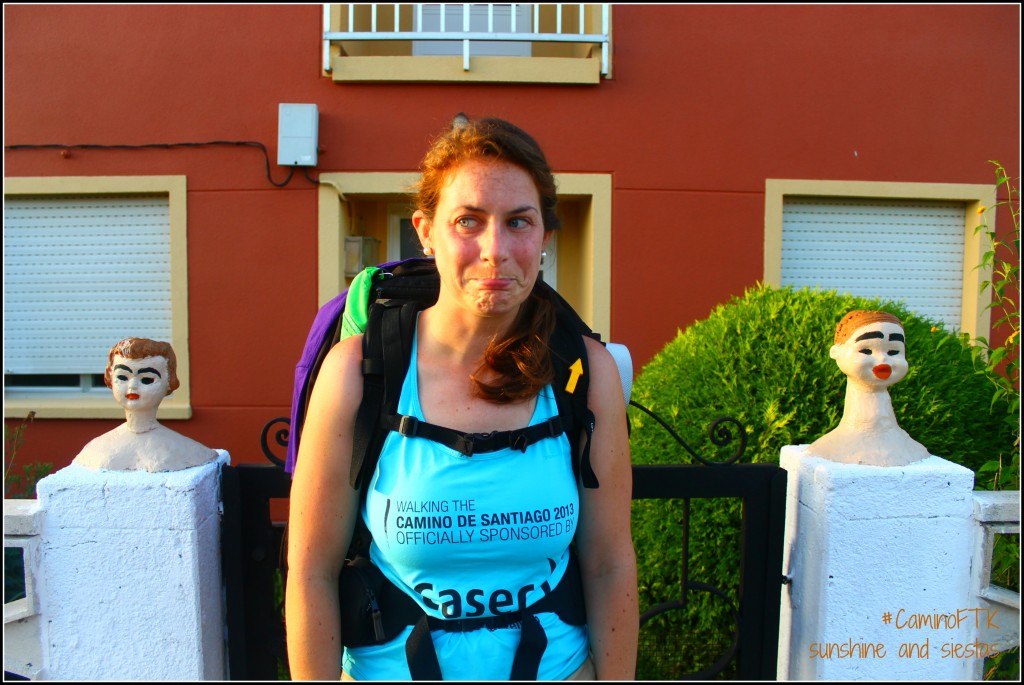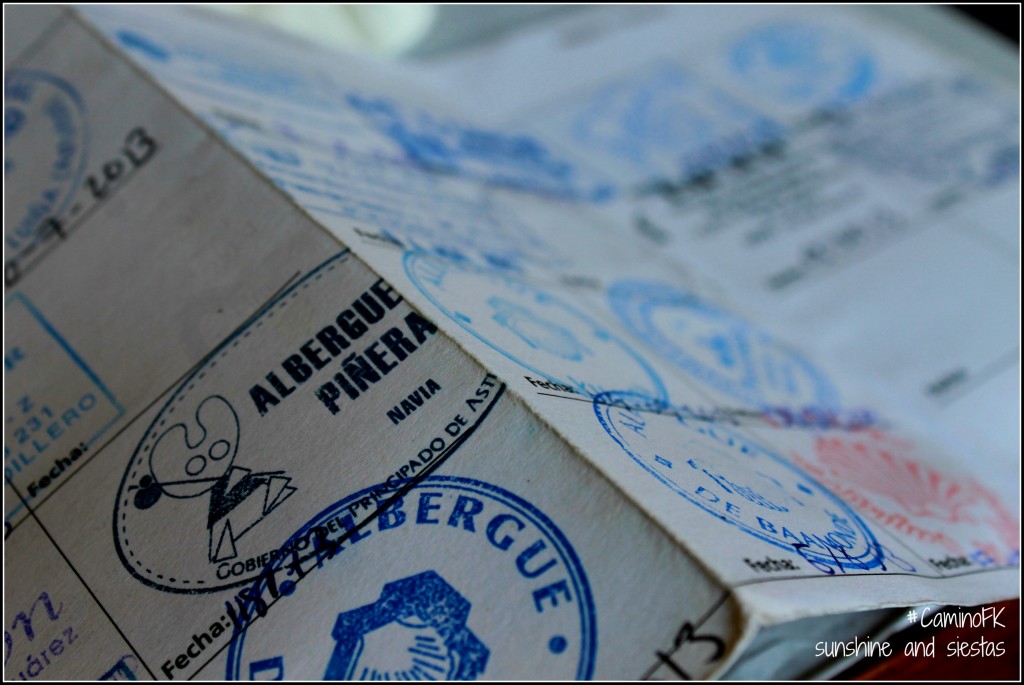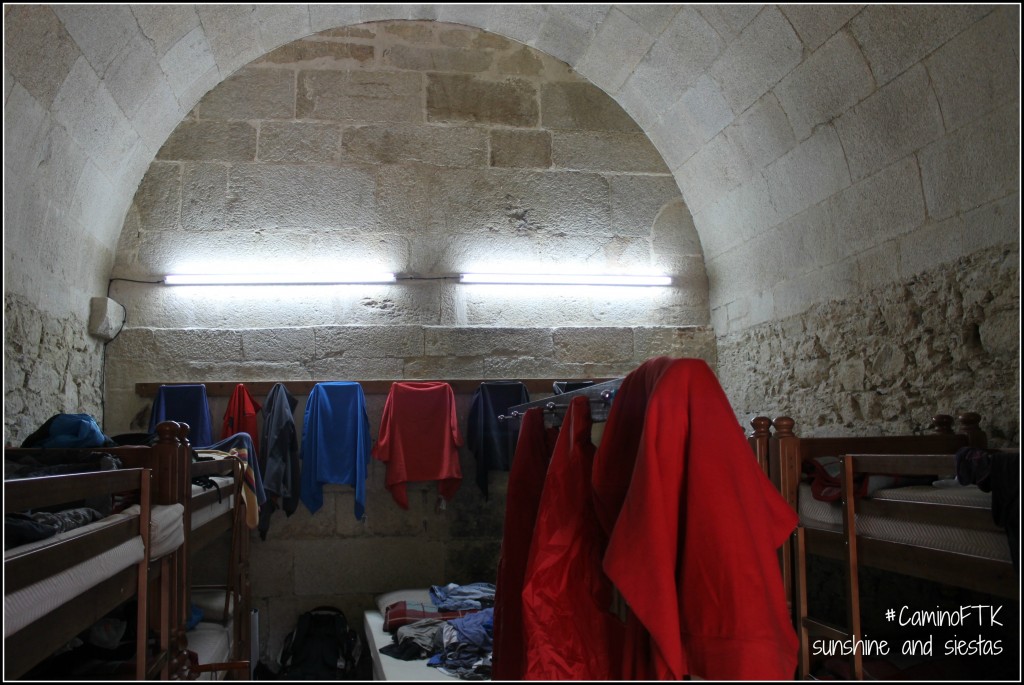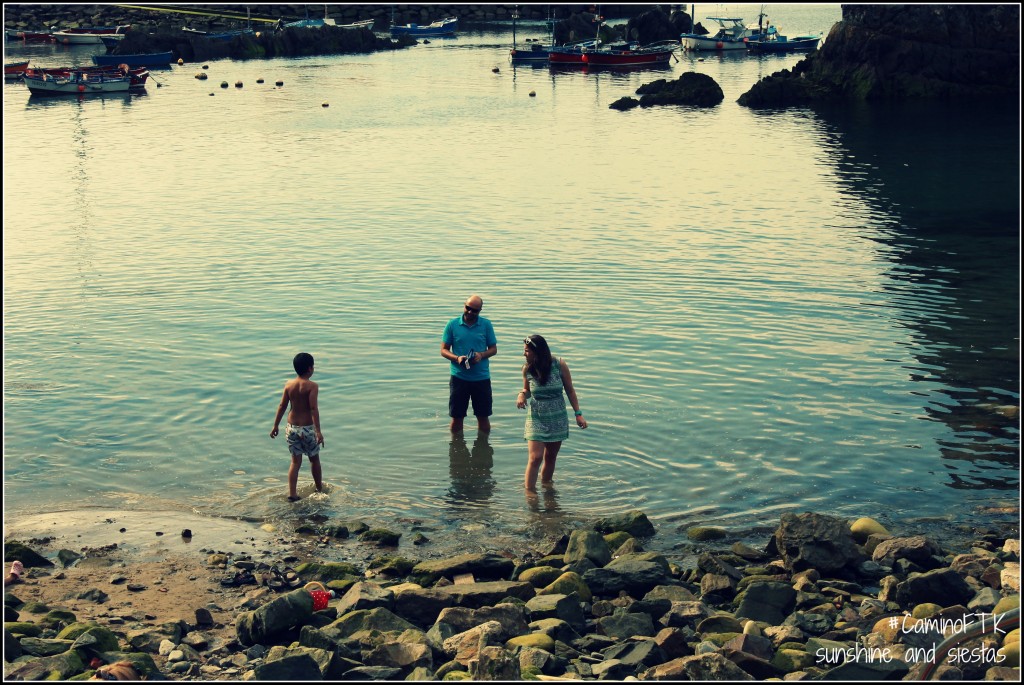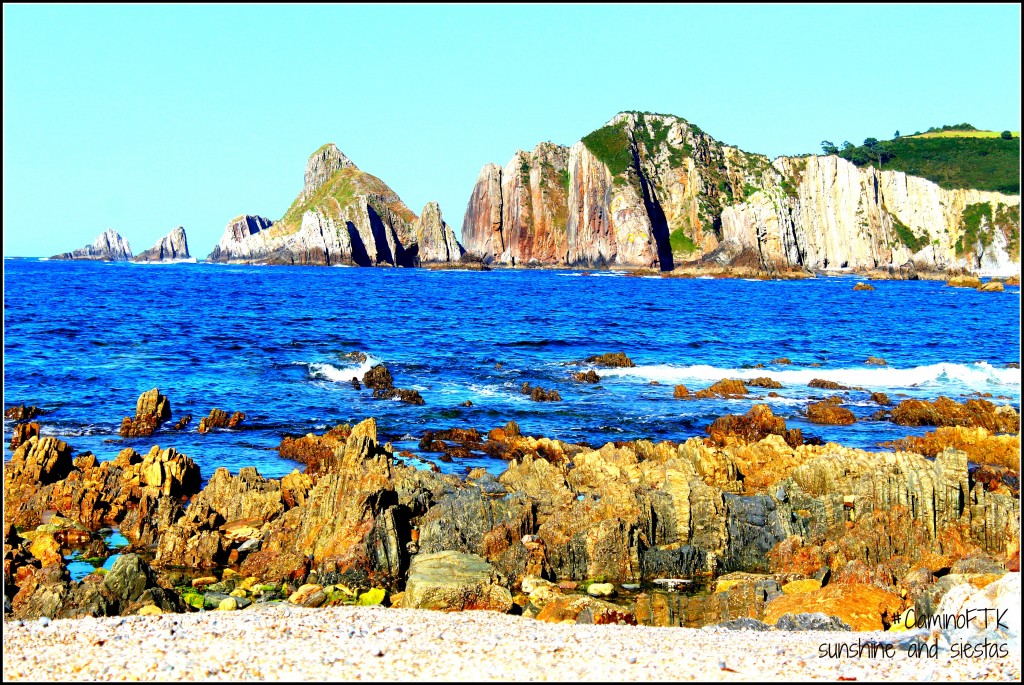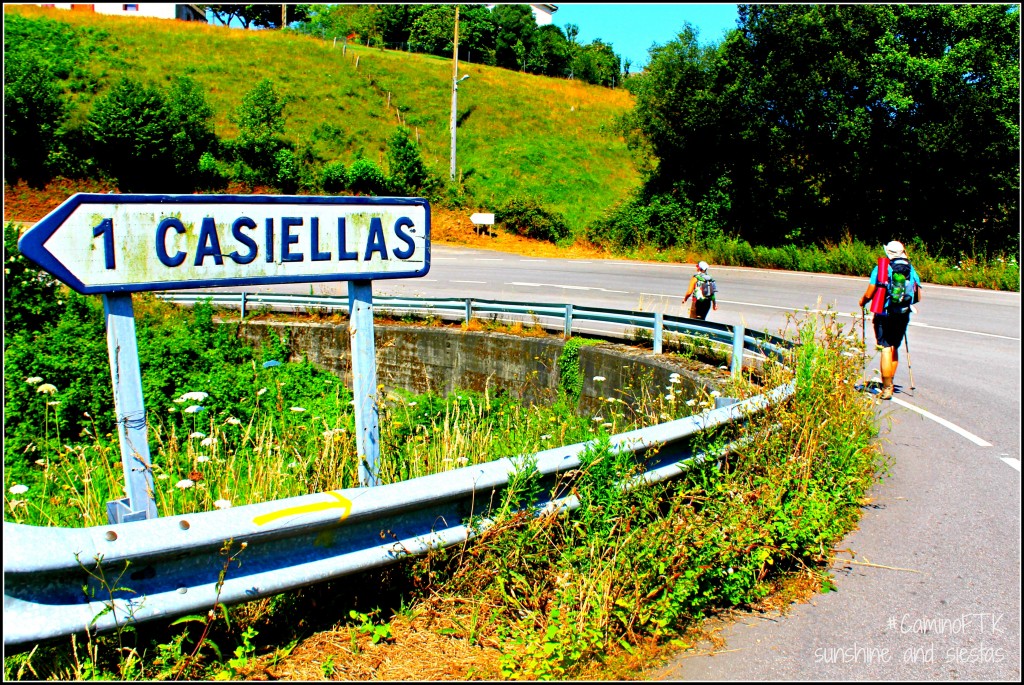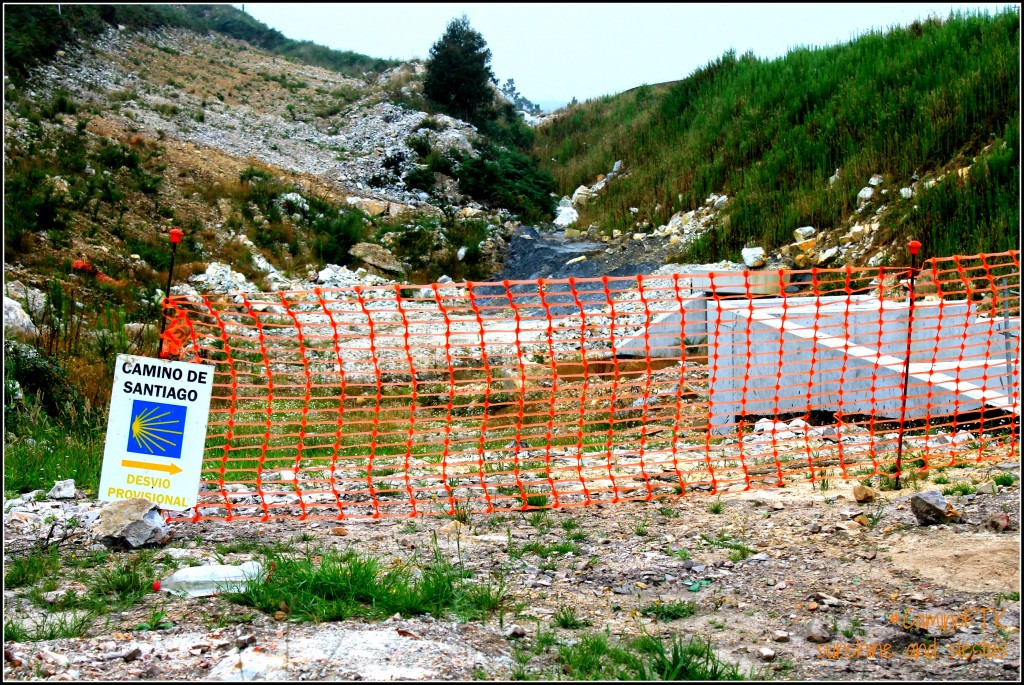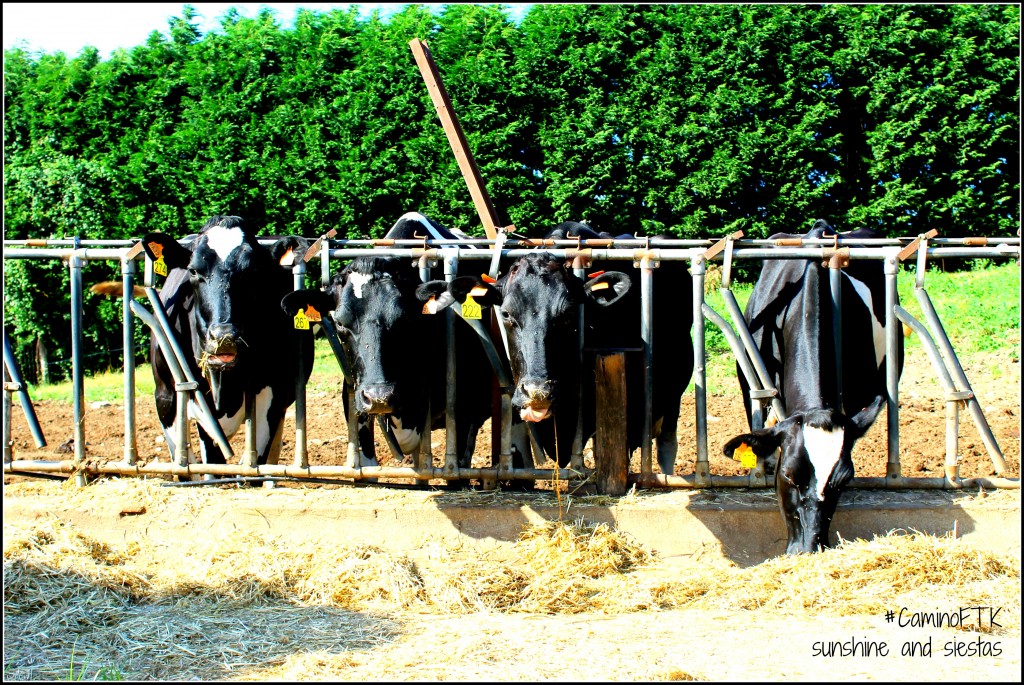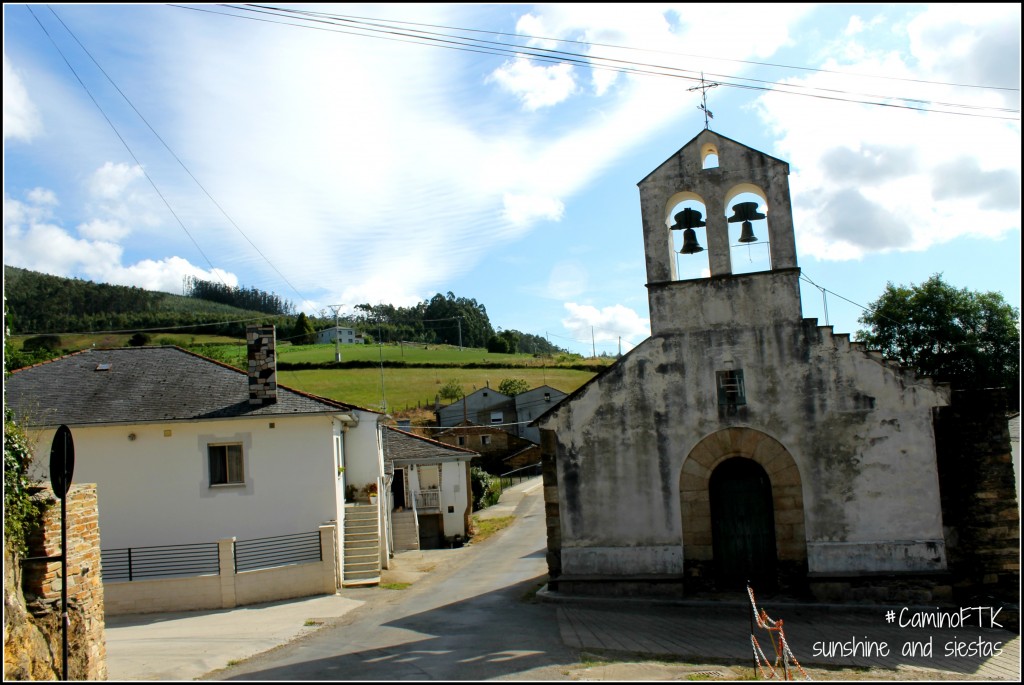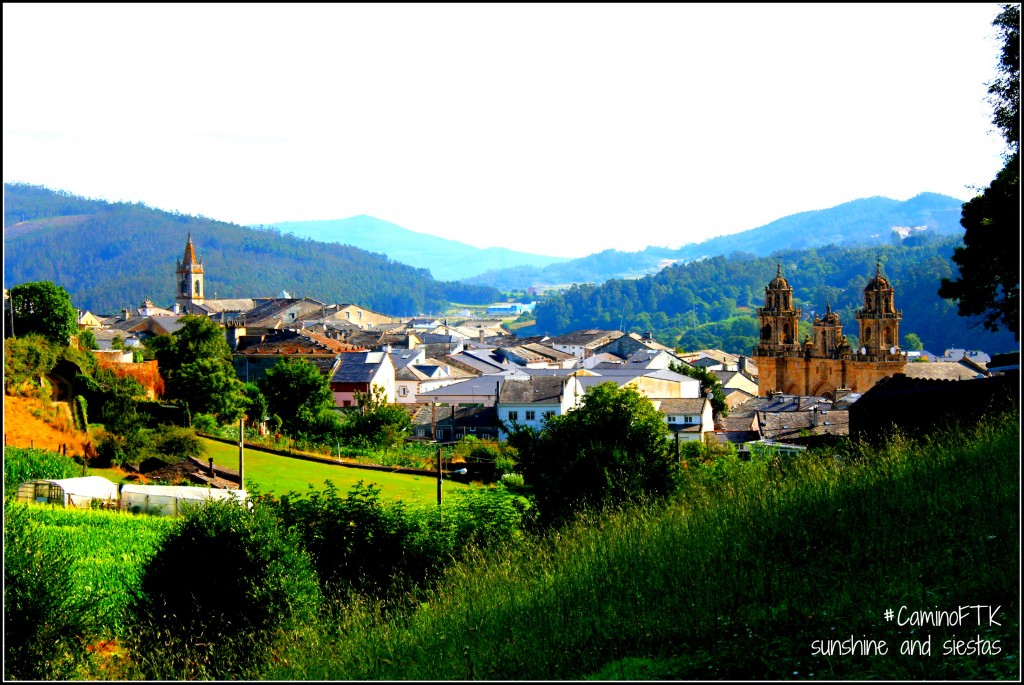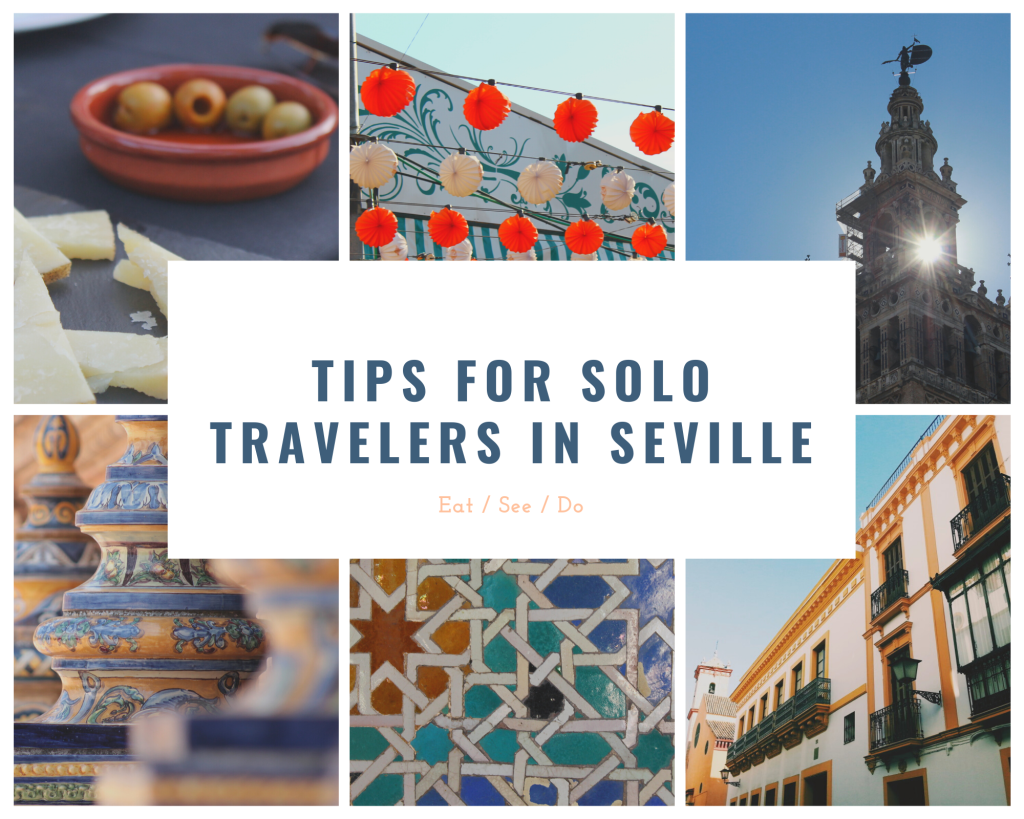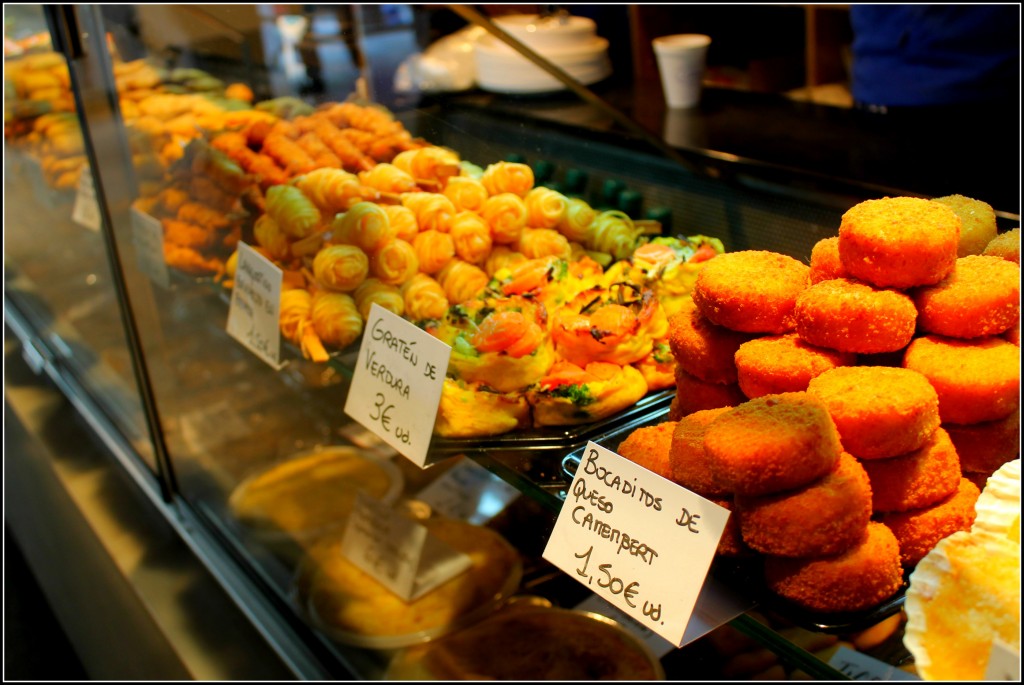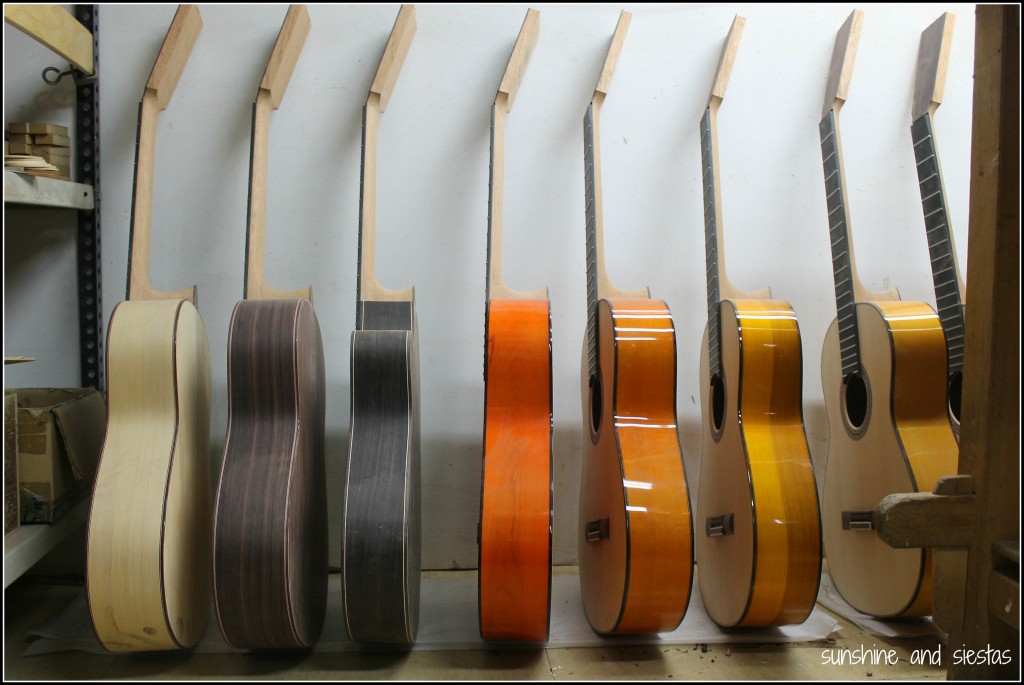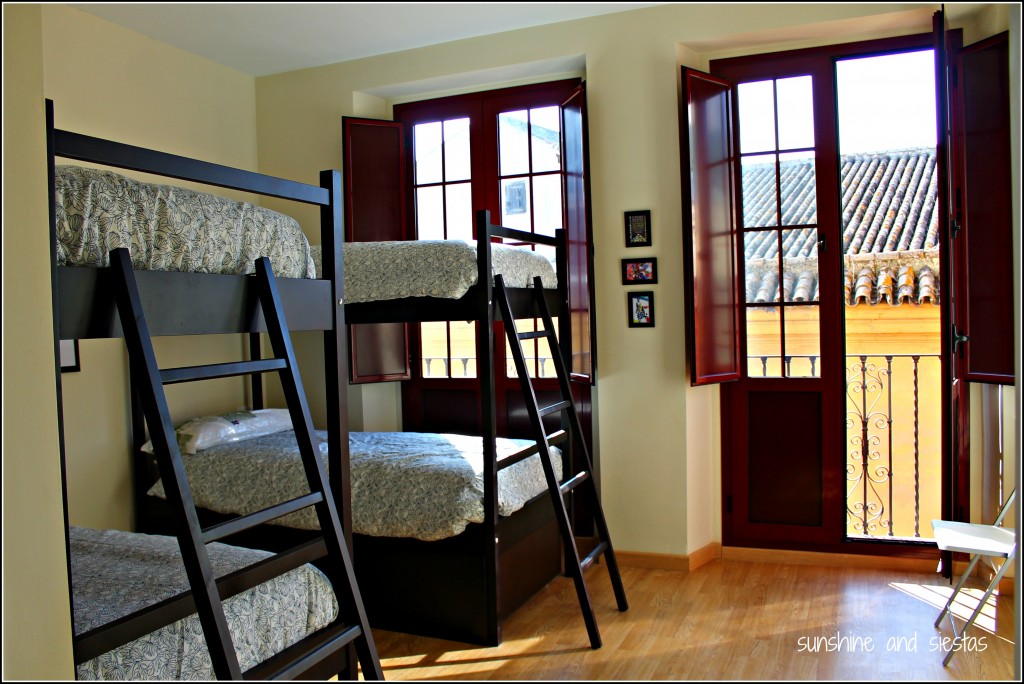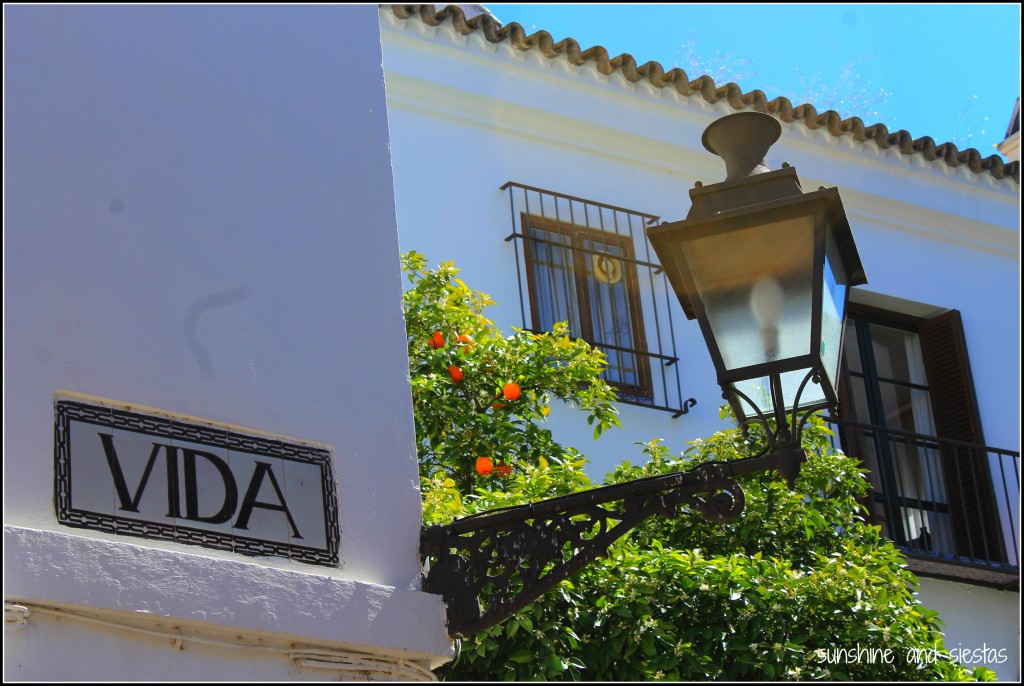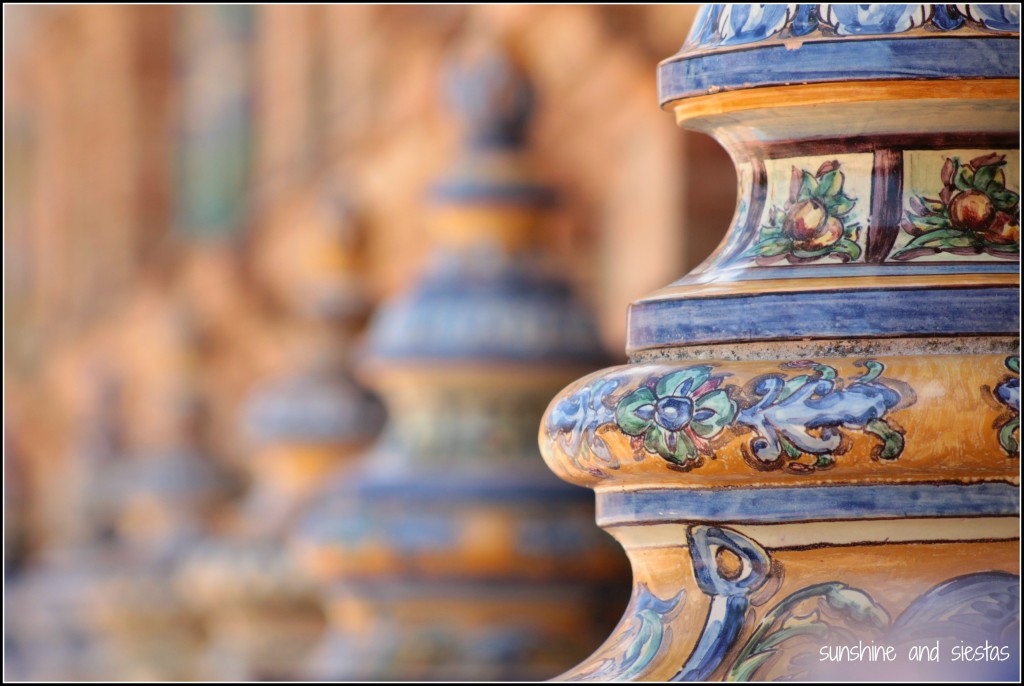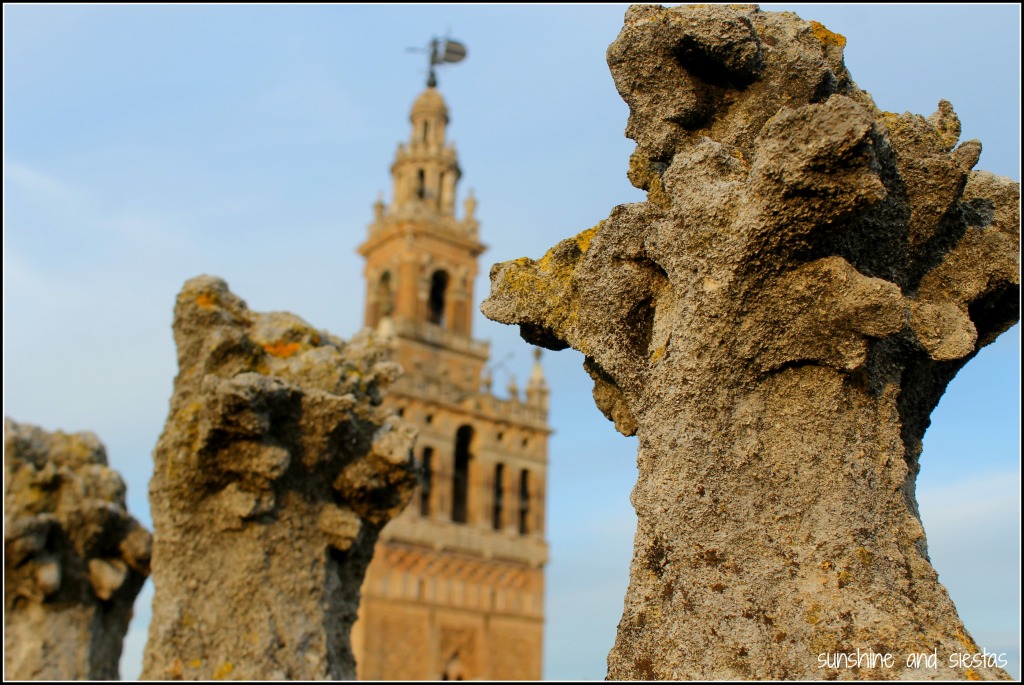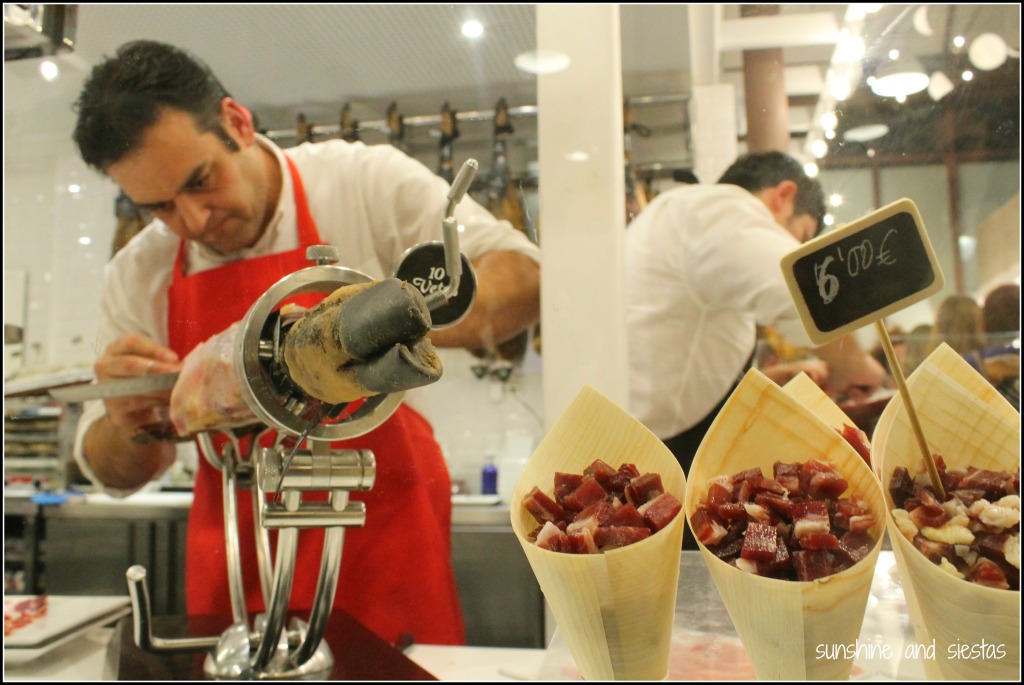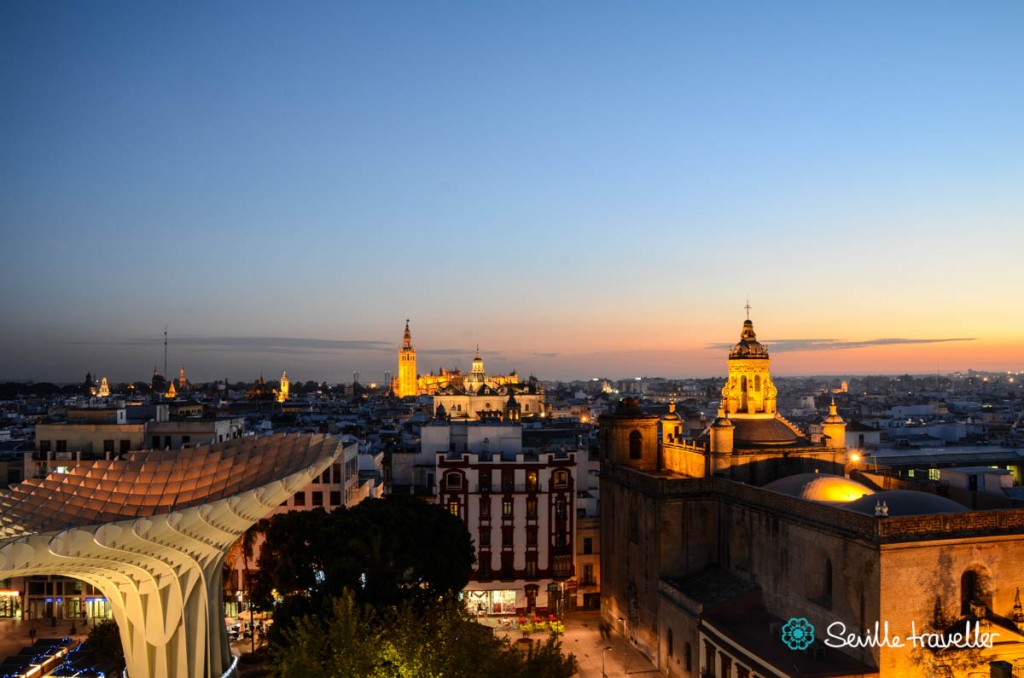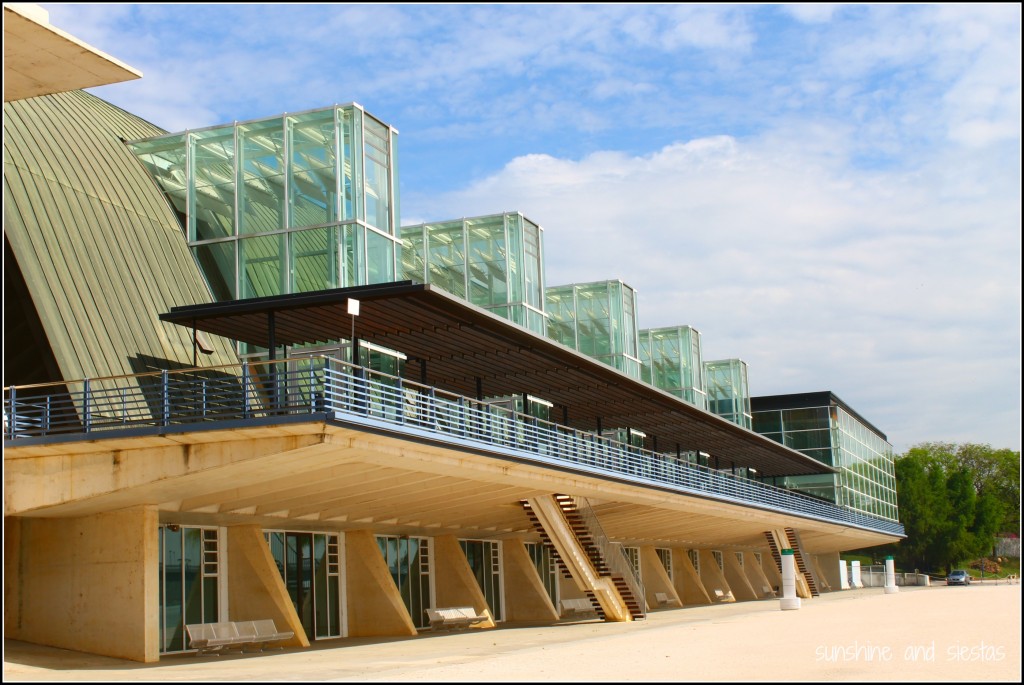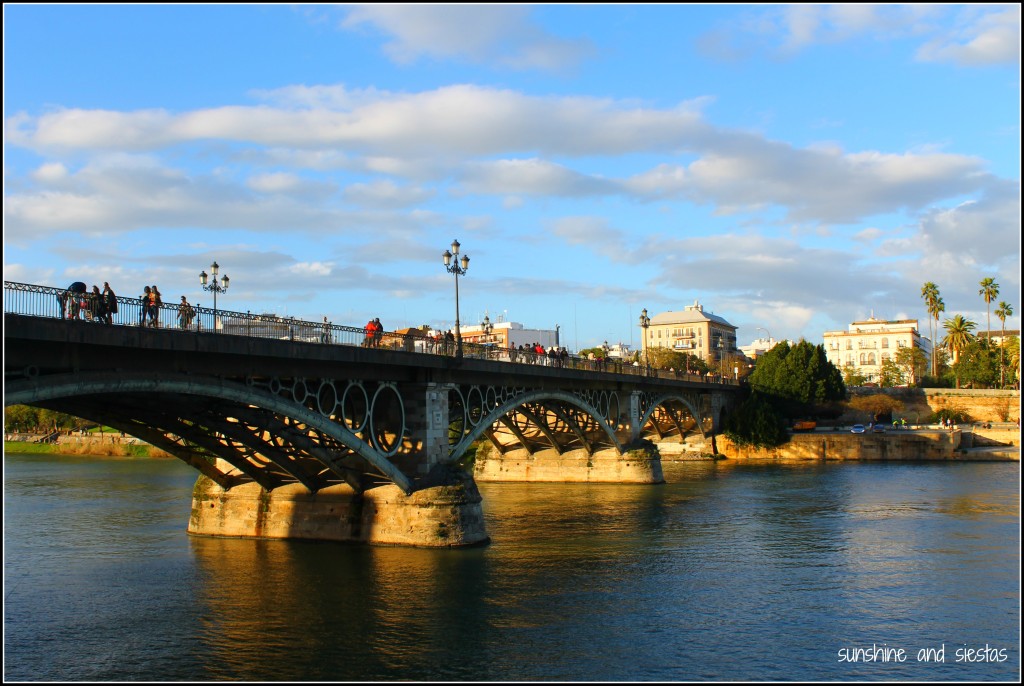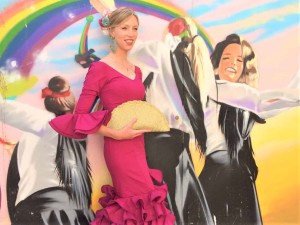My desire to live abroad was coupled only by my worries for how to make it happen. Thankfully, my study abroad office at the University of Iowa gave me the information on a relatively new program to teach English in Spanish public schools. I threw out my plan to follow my friends Matt and Brian to Ireland and began brushing up on my Spanish.
Five years later, part of my morning coffee goes to helping my readers find a way to make their dreams of sunshine and siestas a reality. One such reader, Mike, and I have been in contact for quite some time, and he’s finally decided to quit his job and apply for the Auxiliar de Conversación program that brought me here initially. Here’s his story:
Before I get started on my story, I’d like to thank Cat for being so gracious and allowing me to write a guest post as I’ve been an avid reader for a while now. Hopefully, everyone will enjoy my post as a guest author and find it helpful in whatever capacity they are looking for. I am currently applying for the auxiliar de conversación program in Spain.
However, my story begins long before me just recently pulling together my application materials.
My Story
Growing up in Milwaukee, Wisconsin, my mom had always told me that she was forcing me to study abroad when I was in college. She had studied in Copenhagen, Denmark and told me it was an experience that everyone needs to have. During my junior year in high school I was afforded the opportunity to go on a week-long trip through Spain with my Spanish class. It was then that I fell in love with the language, people, cuisine, and culture. I knew I would be returning to Spain at some point in my life.
When I was in college at the University of Wisconsin-La Crosse, I took a Spanish class during my first semester. It was extremely difficult for me, and I ended up dropping the class. I thought I was done with Spanish and did not enroll in the class again. After a couple different major changes, I found myself with a foreign language requirement that had not been met. Thinking it would be an easy class since I could remember some basic Spanish from high school, I enrolled in an Introduction to Spanish course. After the first class, my professor noticed that I was ahead of the others who had never taken Spanish before and recommended to me that I move up a few levels. I was cautious, but ultimately agreed. The higher level course was naturally more of a struggle, but it was far more rewarding as I rekindled my love of the Spanish language. Following the course, I applied, was accepted, and studied abroad in Granada, Spain for a semester in the spring of 2010.
Studying in Granada, Spain
My study abroad experience was undoubtedly the best experience of my life, and ever since I returned to the US, I have been yearning to return to Spain. After graduation, like many people out there, I applied for a bunch of jobs and eventually was offered and accepted one. It was a desk job, doing something that I thought I may be interested in; however, it was not for me.
Since accepting the job, I have dabbled with the thought of applying to teach in Spain, but have not been fully committed to it, until now. There have been plenty of reasons that kept me from applying, primarily that my job is steady, secure and well-paidl. Essentially, it is a job that many would probably die to have, but that’s not me. It’s a job that most would imagine themselves having when they are 40 years old or mid-career professional, and I do realize that I was lucky to land in it. This has held me back from applying to teach in Spain for over a year, but I had enough. While many may die to have my job, I would die to teach in Spain.
Over the past year, I have consulted with Cat as well as anyone I could find who taught in Spain or even another country about what one needs to know before teaching abroad. It has been a huge help to me in making my decision to take the leap, so thank you for everyone for your advice. The number one piece of advice that nearly every single person echoed was that if you don’t do it, you will always regret not doing it. I truly believe this is the case because I can picture myself always regretting it and wondering “what if” had I not ever tried.
Applying for the Auxiliar Program
Once a current auxiliar directed me to the website for applying and I found it, all I could find was information for the school year 2012 – 2013 program, whereas I would be applying for the 2013-2014 program. I started to panic because I figured I was doing something wrong and simply could not find it. I thought I was missing something obvious and was going to be late in applying. I checked the website just about hourly to see if it changed or if I missed anything. Then, one day, November 5 th to be exact, there was finally an update. It said they were working on the call for applications for 2013-2014, and that the application period would open up on January 8th, 2013. It also noted the manual for the application would be posted soon. I felt an enormous sense of relief.
As for now, I have been using the 2012-2013 manual and application checklist on the website to begin to pull together my materials. I realize that some of the materials may change, but I figure this will give me a jump-start for when the application period opens. If I end up doing something that is no longer required, I’m fine with that because it’s exciting doing it since this all part of me going back to Spain to teach! The two primary pieces I am pulling together are my letter of recommendation and my statement of purpose. An applicant also needs a copy of their passport and their college transcript or diploma.
While waiting for my transcripts and after pulling together my statement of purpose, all I have to do is wait for the application to open and the manual to be posted. I know it’s only the middle of November, and while it said December, I am still getting anxious and still checking back just about hourly.
I hope to keep everyone updated on my journey from America’s dairyland back to Spain. While Cat and I both came from the Midwest, Chicago and Milwaukee respectively, I can imagine that our experiences will be different since a lot has changed in the five years since she first left for Spain, yet I am extremely hopeful that my experience will be just as astounding and inspiring to others as hers was and is to me.
Hasta luego.
Mike.
Mike will be contributing to Sunshine and Siestas regularly until he hears from the program about his (hopeful) return to Spain. Got any questions for either of us about being an auxiliar or about how to apply to the program? Or about doing a TEFL degree? Leave us a message in the comments, or join my Facebook page for more scoop!
